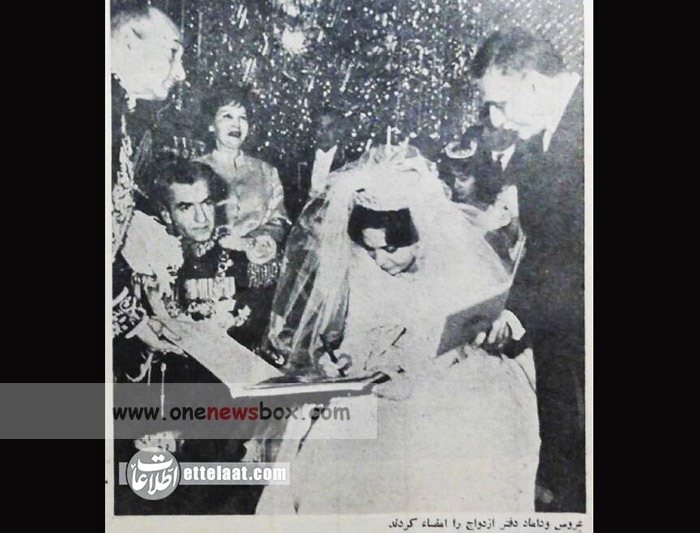This situation cast a long shadow over Farah’s life. The public and private aspects of her role as Queen were intertwined, with her success largely measured by her fertility and ability to provide the Shah with a son. For Farah, the stakes were high, and the personal and political dimensions of her marriage often seemed inseparable. The Shah’s anxiety about this issue was palpable, as was the pressure from his advisors and government officials, who saw the birth of a male heir as crucial not only to the continuation of the Pahlavi family but also to the political legitimacy of the Shah’s rule. Farah’s marriage became the stage upon which the fate of Iran’s monarchy was to be decided.
Farah Diba as the Queen of Modernity
Farah’s entry into the Iranian royal family was not merely a personal transformation but also a cultural shift. In an era when the Shah was keen to present Iran as a modern, progressive, and Westernized nation, Farah came to symbolize many of these aspirations. Born in Tehran in 1938, she had been educated in Europe, first at the Lycée Raspail in Paris and later at the University of Paris, where she studied architecture. Her education and international background made her an ideal figure to represent the modernized face of the Pahlavi monarchy, which sought to align itself with Western powers and ideals of progress.

